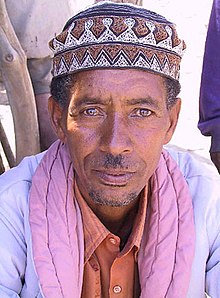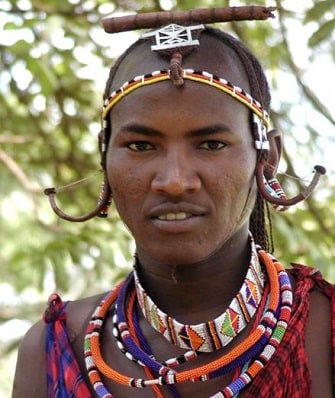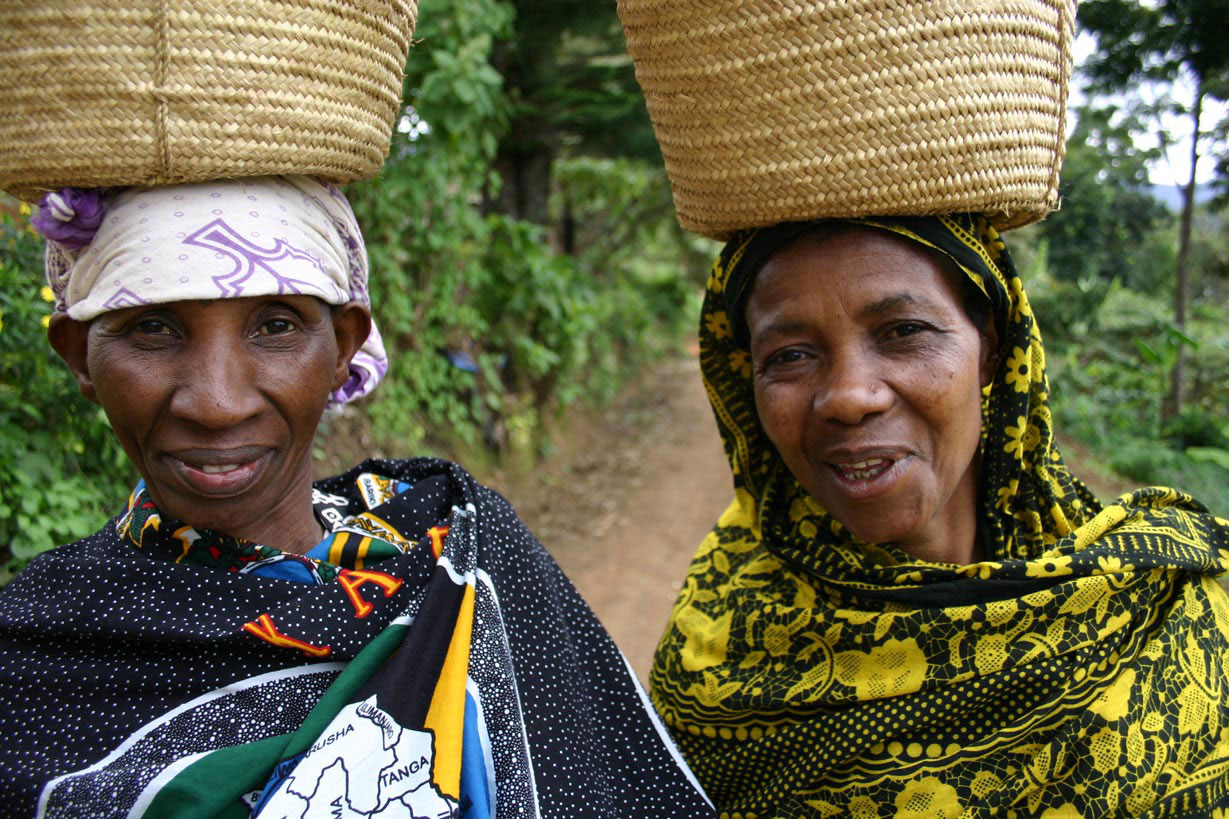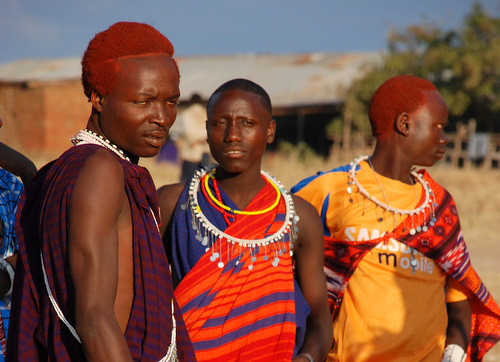Okay reading through the recent posts I have to address somethings.
No offense to my Somali brehs(and not saying that its you guy in this thread). But I notice a bit exaggeration when it comes to Somali history. And I mean A LOT... I still do not see much credible evidence that states Punt was in Somalia. However, I do see more evidence with it being in Southeast Sudan and Highlander Eritrea. Somalis DID trade with many people during classical times tho. But I doubt Punt even had an extensive maritime culture otherwise it would have multiple historic texts besides the Egyptians would have noted that. Especially the Romans who recorded everything including trade with.... *drum roll* Southeast Bantus.
But also I still do not see much evidence that Punt was founded by pygmies and that one quote is not significant enough.
The "Niger-Congo" influence is definitely there. And
was there. I.e in Egypt and Sudan. From cultural customs, genetic lineages, Benin sickle cell, physical remains and among other things. This would obviously represent refugees from the drying green Sahara. I would say the "Niger-Congo side" has bit of advantage with release of King Ramesse III paternal DNA and King Tut possible dying of sickle cells. How much Niger-Congo influence there was is the bigger question. But thats for another time.
The "Afro-Asiatic" side has the Ancient Egyptians speaking an AA language, lineages associated with AA speakers in Egypt and Horners being used as proxies for the Ancient Egyptians. However, certain Horners especially Somalis I see online mistake this for them directly descending from the Ancient Egyptians. When all its saying is that them, Ancient Egyptians AND Nilotics/Nilo-Saharan people are all Northeast Africans.
But all in all both Afro-Asiatic speakers(especially in the Horn) and Niger-Congo speakers barely trump the influence of Nilo-Saharan speakers. While the Ancient Egyptians were diverse, the major genetic influenced would have been Nilo-Saharans, Nilotics and Ancient pre-Neolithic Egyptian/Lower Sudan people. The predmoinate Ancient Egyptian paternal lineages would have most likely been Haplogroups A and B which are associated with Nilo-Saharan speakers(and psskkk Pygmies!).
The AFRICAN lineages in modern day Egyptians shows who the Ancient Egyptians are and I am talking about OLDER lineages like A and B...

Uganda wasn't no major trade center breh.. stop it.
Besides, this is way before the Bantu expansion so my ppls were in those quarters too

With recent archaeological findings we already know that the precursors of the Swahili States were trading with Romans, Greeks and Persians. And these people were in fact Bantu.
But also we are to believe(and Egyptian texts backs it up) that Egyptians with their Phenoician sailers DID go down the coast of East Africa and possibly trade with Bantus in areas like.... *drum roll* Uganda. This happened under Pharaoh Necho II. The Phoenicians got their tin from Uganda according to this source.
African circumnavigation by Africans. Carthaginians discover Mount Cameroon, the Ugandan tin Phoenicians sold in Europe. Two thousand years old African lighthouses in the Mediterranean and North Atlantic
African circumnavigation by Africans. Carthaginians discover Mount Cameroon, the Ugandan tin Phoenicians sold in Europe. Two thousand years old African lighthouses in the Mediterranean and North Atlantic
Also it is also possible to some scholars that Nubians could have acted as middle men using the Nile for Egyptians and other Mediterraneans(in geographical sense) and interior Africans like in Uganda.
As for the Bantu expansion it would have started around the time dynastic Egypt began. me personally do not believe the origins of Egypt was Bantu(that would be a stretch), but like I said any Niger-Congo influence would have been from the Green Sahara.
@Poitier how were the AE getting to Uganda since the Nile is not navigable by ship?
By walking(like they did) or just sailing around the East African coast which they and EVERYONE did including the Romans when they traded with the people of Azania.
There is CLEAR culture interaction between Egypt and the Great Lakes that is not seen with the Horn. You have no gods that made it into their culture, no musical instruments, the word for the land you are trying to claim originates from a Bantu word. Just stop. Its ridiculous.
The Ancient Egyptians DID speak an Afro-Asiatic language. Which "Afro-Asiatic group" brought it there is another story. I personally believe people from the eastern desert.


























.JPG)




